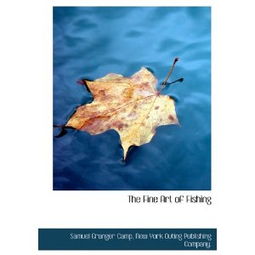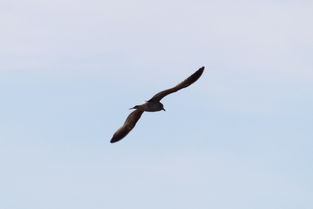Content:
Fishing with a 5-meter rod can be both a challenging and rewarding experience. Whether you're a seasoned angler or a beginner, mastering the techniques for using a 5-meter rod can significantly enhance your fishing success. In this article, we will delve into the essential tips and tricks to help you become a proficient angler using a 5-meter fishing rod.
Understanding Your 5-Meter Rod
Before we dive into the fishing techniques, it's crucial to understand the characteristics of a 5-meter rod. A 5-meter rod is typically designed for medium to heavy-duty fishing, making it suitable for a variety of fish species and environments. It offers a good balance between sensitivity and casting distance, which is ideal for both freshwater and saltwater fishing.
Choosing the Right Fishing Line
The choice of fishing line is essential when using a 5-meter rod. For a 5-meter rod, a monofilament line ranging from 8 to 12 pounds test is usually sufficient. However, this can vary depending on the fish species and the fishing environment. For instance, if you're targeting larger fish in saltwater, you might need a heavier line, whereas for smaller fish in freshwater, a lighter line will suffice.
Proper Casting Techniques
Casting is a fundamental skill for any angler, and it's even more crucial when using a 5-meter rod. Here are some key casting techniques to master:
Backcast: Begin by holding the rod with both hands at the reel seat, with your thumb wrapped around the handle. Bring the rod back over your head, keeping the line tight. As you bring the rod forward, release the line and let it fly through the air.
Forward Cast: Similar to the backcast, but in the opposite direction. After a backcast, bring the rod forward, allowing the line to follow through and land in the desired spot.

Tossing: When casting a 5-meter rod, it's important to use a smooth, fluid motion. Avoid sudden movements or jerks, as this can cause the line to tangle or the lure to sink too quickly.
Wind Management: If you're fishing in windy conditions, you'll need to adjust your casting technique. Toss the line into the wind to prevent it from being blown away, and use a longer casting stroke to compensate for the increased distance.
Bait and Lure Selection
The choice of bait or lure depends on the fish species you're targeting. Here are some general guidelines:
- Live Bait: Live bait such as worms, minnows, or leeches can be highly effective for a variety of fish species. Ensure the bait is fresh and lively to attract fish.
- Artificial Lures: Artificial lures like spinners, crankbaits, and jigs can mimic the movement of real fish and are great for attracting predators. Experiment with different lures to see which ones work best in your fishing environment.
Setting the Hook
Once you've cast your line and have a fish on the hook, it's time to set the hook properly. Here's how to do it:
- Landing the Fish: When a fish strikes, allow it to run with the line for a few seconds. This allows the fish to exhaust itself and makes it easier to land.
- Setting the Hook: As the fish comes to a stop, quickly and firmly pull the rod tip down towards the water. This action sets the hook into the fish's mouth, securing your catch.
Reeling in the Fish
Once the fish is hooked, it's time to reel it in. Here are some tips:
- Maintain Pressure: Keep a steady pressure on the line to prevent the fish from escaping. However, avoid applying too much pressure, as this can cause the fish to break the line.
- Use a Net: If the fish is large, use a net to help you land it safely. This can prevent the fish from thrashing and potentially breaking the line.
- Landing the Fish: Once the fish is close to the boat or shore, gently lift it out of the water and release it. Remember to handle the fish with care and respect, especially if it's a protected species.
Safety and Etiquette
Always prioritize safety and adhere to local fishing regulations. Here are some important tips:
- Wear Appropriate Clothing: Dress appropriately for the weather and environment. Wear a life jacket if you're fishing from a boat.
- Be Aware of Your Surroundings: Stay aware of your surroundings, especially if you're fishing in a crowded area or near other anglers.
- Follow Fishing Etiquette: Respect other anglers and the environment. Keep noise levels to a minimum and dispose of trash properly.
In conclusion, mastering the art of fishing with a 5-meter rod requires practice, patience, and a keen understanding of the techniques involved. By following these essential tips and tricks, you'll be well on your way to becoming a proficient angler and enjoying the thrill of catching fish with your 5-meter rod. Happy fishing!












